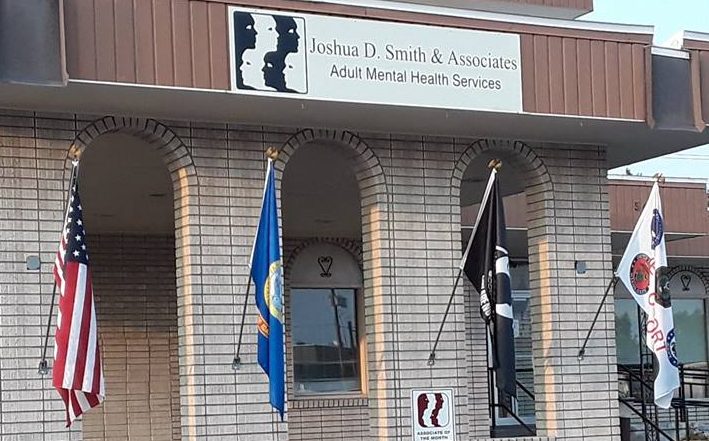Substance abuse is when you take drugs that are not legal, or you take legal substance and use them in a means not prescribed or in the wrong way.
Substance abuse is different than addiction. Most people, who get help, can change or stop their unhealthy behavior. Addiction on the other hand is a disease. Addiction means you cannot stop using even when your condition causes you harm.
All substances, legal and illegal can change how your mind and your body work. They give you a pleasurable “high” to ease stress or otherwise help you avoid what is happening in your life.
Alcohol affects every individual differently. If you drink too much and too often, your chances of injury or accident increases. Drinking heavily can lead to serious health problems such as liver damage or other serious disorders.
Heavy drinking differs even among the sexes. For an adult male if you drink more than four (4) drinks on any given day or more than fourteen (14) in one week it is considered excessive. For an adult female excessive drinking means more than three (3) drinks in one day and more than seven (7) in one week.
Prescription and Over the Counter Medicines can be just as addictive as illegal drugs. You are considered to be abusing these substances if you take any that was prescribed for someone else; take extra doses or take it in a manner that was not prescribed or take it for a non-medical reason.
The most often abused substances are Opioid pain relievers, Anxiety medications and medicines used to treat Attention Deficit Hyperactivity Disorder (ADHD).
The most common abused OTC drugs are cough and cold medicine that have dextromethorphan, which in high doses can make you feel drunk or intoxicated.
Heroin is the natural version of he man made prescription Opiods. Herion will give you a rush of good feelings when first used. Yet, when it is wearing off the world seems to slow down and your body may have chills, nausea and nervousness. The world around seems to slow down. These effects are what will draw a person to another dose as the Heroin will make things feel faster, normal again.
Cocaine is a drug that speeds up the entire body. A person with this substance in their system may talk fast, move fast or think fast. A person may feel happy and full of energy but mood may shift to anger. Paranoia, the feeling that someone is out to get you may set in, and it can cause you to do things that do not make sense. Using Cocaine for a long time will lead to strong cravings for the drug.
Although a growing number of states have legalized Marijuana, it is still a substance with side effects. It can make you feel silly and laugh for no reason. Or you may be sleepy and forget things that have happened. Driving while on Marijuana is just as dangerous as driving under the influence of alcohol. Heavy use of Marijuana can leave some people “burned out” and not thinking or caring about much.
Many people do not think of Cigarettes and Other Tobacco Products as drugs. However, these products contain a chemical called nicotine that gives a rush of pleasure that eventually will wear off an leave a person “craving” more. Cigarettes and other tobacco products are addicting just like other drugs.
Signs to Watch For:
When you first taking a substance it is easy to convince yourself that you can control how much you use and how it will effect you. However, over time you may need more and more of the substance to obtain the same high you initially experienced. This can lead beyond abuse to addiction. Signs of problems include:
- Lack of interest in things you used to love
- Your friends frequently change
- You stop taking care of yourself
- You spend more time alone than you used to
- You eat more or less than normal
- You sleep at odd hours
- You have problems with work or with family
- You switch quickly from feeling good to feeling bad
Joshua D. Smith and Associates offers help! We recognize that substance abuse affects every part of a persons life. It hurts both the user and those around them. It ruins relationships, finances and more.
We have several programs to help you. Please feel free to call our office or our crisis line should you find yourself in need.
SOURCE: Substance Abuse and Addiction (WebMD)




